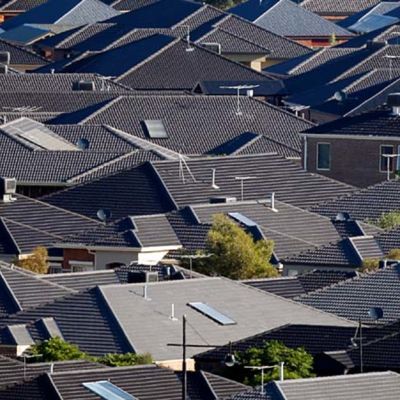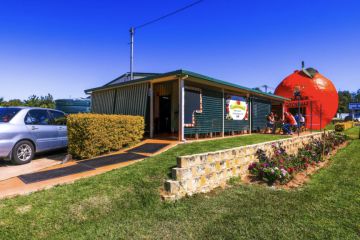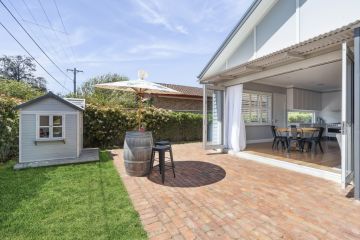Australians are entering twilight years with $150,000 of mortgage debt: ING Direct

Australians are failing to pay off their homes by retirement and facing their twilight years with growing sums of mortgage debt, new research shows.
Those in the 65 to 80 age bracket owed an average $158,500 on their mortgage in 2015, according to ING Direct figures based on several thousand Australia-wide customers. In 2013, the average debt was $156,000.
Much of this increase is due to housing becoming more expensive, requiring borrowers to take on higher debt and purchase later in life, ING Direct head of product Tim Newman said.
There was a 7 per cent ramp up in the debt held by Australians aged 35 to 54, which would have a knock-on effect into later age brackets.
“We’re seeing more Australians carrying over into retirement with debt,” Mr Newman said.
“If you buy in your mid-30s it’s likely you’ll still carry debt when you retire … people are borrowing more at a later age,” he said.
The average first home buyer age has pushed past 31, meaning retiring with mortgage debt could become increasingly common.
“It’s definitely a concern if people haven’t thought about and factored in how they’re going to repay the debt,” he said, with some retirees considering downsizing to release equity and pay out their debt.
Curtin University’s Bankwest Curtin Economics Centre associate professor Rachel Ong has also done research into the growing phenomenon of Australians approaching retirement with outstanding mortgage debt.
For those facing debt, they could pay excess mortgage debt using lump sum superannuation payouts, while those who do not will face regular repayments after retirement. This could put pressure on the age pension system, she said.
But the cause isn’t just higher house prices. Research by Ms Ong and her colleagues shows “around one in five Australian home owners dip into their housing wealth to meet spending needs”.
“They typically do this through the use of financial products that allow them to withdraw equity from their home by increasing the mortgage debt secured against the home,” she said.
For those hoping to maintain a modest lifestyle in retirement at 65, they’ll need a total budget of $23,651 and $34,064 a year for singles and couples respectively, according to the Association of Superannuation Funds of Australia’s suggested retirement standards.
This budget includes rates, home improvements, building and contents insurance and any repairs and maintenance required on a home. But these figures “in each case assume” the retiree owns their own home and doesn’t have an additional housing expense.
And for those who haven’t bought into property at all, achieving a comfortable retirement could be even harder.
But holding housing debt into retirement might not be a bad financial decision when the outstanding mortgages are on investment properties, Property Investment Professionals of Australia chairman Ben Kingsley said.
“Naturally, we don’t like to have debt in retirement but if the cost of debt is being serviced by rental income it can be manageable,” Mr Kingsley said.
For instance, a $2 million property portfolio with $200,000 left in mortgages could be achieving enough rent to service the mortgages and an additional passive income for the retiree. Some might decide to sell some investments to pay off any remaining debt, he said.
ING Direct found 26 per cent of 65 to 79 year olds had investment property debt.
“When planning for retirement, budget for discretionary spending, as well as provisions for the maintenance and upkeep of properties,” Mr Kingsley said.
But don’t “risk the farm” by taking on additional property debt when nearing retirement age in the hopes of quick profit, he warns.
“The greater potential for return, the greater the risk and property is a long-term play with a view of more than five to 10 years … If you’re 65, it’s a long string in the bow to draw to get into property.”
We recommend
We thought you might like
States
Capital Cities
Capital Cities - Rentals
Popular Areas
Allhomes
More
- © 2025, CoStar Group Inc.









